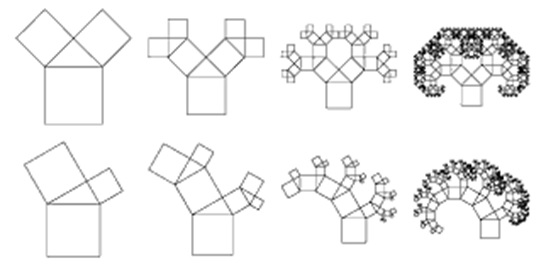
Qigong: Theory, Principles, and Application in Integrative Healthcare Settings
By Hey Soon Jeong PD., L.Ac., Jun Yoon, Jeff Millison M.Ac., L.Ac., Academic Dean of VUIM
The 2010 PubMed article by R. Jahnke et. al. outlines how Qigong benefits natural, self-regulating healing capacity: 1) self-correction of the posture and body movement, 2) breathing 3) mind relaxation and 4) release of endogenous neurohormones. Similarly, the active principles for Qigong exercises are breath, posture, movement, mindful visualization, and relaxation. A particular principle can be the main focus depending on the Qigong style, tradition or system.
The explanation for these five principles is extracted from the Taoist Sanctuary of San Diego. his month, the first two of five principles: Breath and Posture, are introduced.
Breath
In Traditional Chinese Medicine (TCM), the breath is very closely related to Qi. The lungs govern the Qi and respiration by dispersing or moving it through the entire body via the channels and their collaterals. Also, the lungs form a protective barrier against the invasion of external pathogenic factors. In Qigong, the purpose of breathing techniques is to mobilize and intensify Qi flow. The breath is also associated with the link between the physical and spiritual worlds to facilitate the development of greater awareness and more intense experience of spirit and energy. This teaching was all part of the spiritual traditions in ancient civilizations throughout the world.
Through breathing, the body inhales oxygen, exhales gases, and regulates the acid-alkaline and the water balance in the body. Breathing also controls the flow of lymph via muscle movements and activates the digestive organs for processing food and moving bowels. Various types of breathing have different effects on the body. Abdominal diaphragmatic breathing can lower the blood pressure, activate peristalsis and increase the venous return of oxygenated blood, which increases the overall oxygen level of the blood. It also draws the Qi down to the lower part of the body, helping to relax the mind. Another type is focused on lower belly breathing, strengthening the kidneys, and the Mingmen (Gate of Life) Fire. Mingmen fire activates the spleen and lungs for digestive and respiratory functions. On the other hand, focused upper chest breathing can increase blood pressure and stimulate the heart and lungs to move the Blood and Qi more quickly. This technique is recommended for people with low blood pressure or mental dullness.
Different systems of Qigong use the breath in a variety of ways, such as “Post-Natal Breathing” or alternating cycles of longer-shorter, inhale-exhale movements. Post-Natal Breathing is also often called Natural Breathing or Baby Breathing. When inhaling, the lower abdomen protrudes, and the abdominal muscles are relaxed. Upon exhaling, the lower abdomen moves toward the center of the body as the diaphragm releases and the intra-abdominal pressure is released. This method can powerfully activate Qi to move through the channels in an upward direction. This type of breathing is very useful for people with Qi sinking conditions such as organ prolapse.
Alternating cycles of the longer-shorter duration of inhale-exhale movements focus on the duration of the cycles of inhaling-exhaling rather than the mechanics of breathing. A longer exhale cycle can decrease carbon dioxide and other toxic gas levels and will decrease blood pressure. Breathing exercises can produce the quickest and strongest initial physical response out of any of the Qigong principles. However, sudden Qi stimulation can create an excess condition and intensify pre-existing symptoms. Thus, the emphasis must be placed on gradually cultivating the growth of Qi.


































